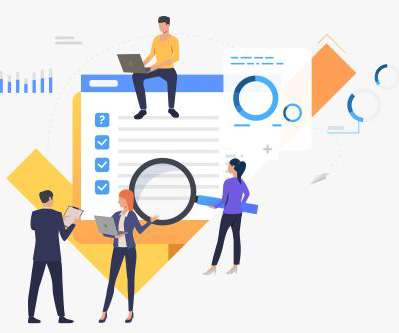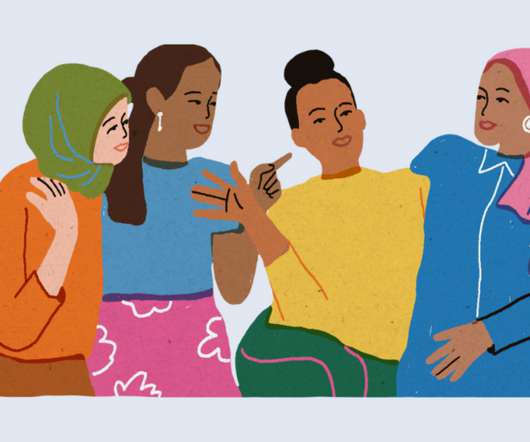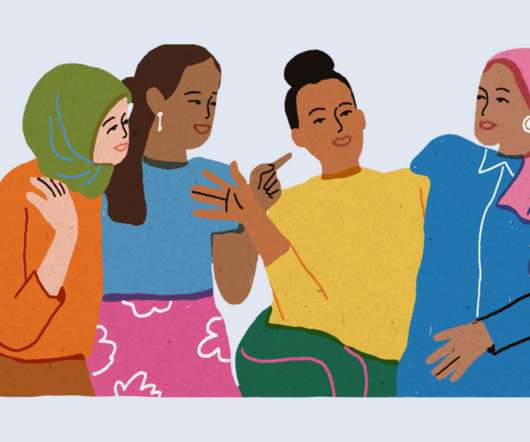4 Compelling Reasons to Choose Skills over Degrees
Vervoe
JULY 7, 2022
The candidates are automatically screened and ranked based on an organization’s preferences using AI. A Korn Ferry study predicts that there will be a global human talent shortage of more than 85 million people by 2030. The impact of not finding the right candidate for a role is a costly financial burden to an organization.
















Let's personalize your content